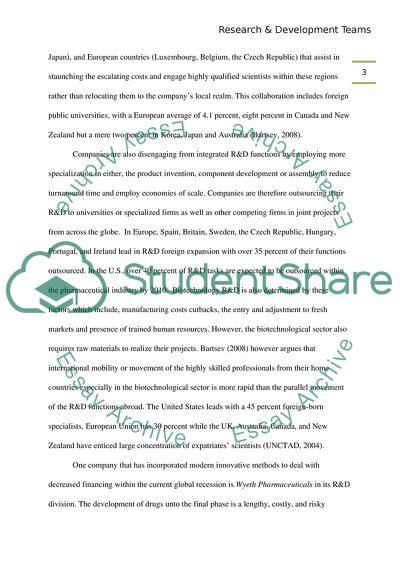Cite this document
(Research and Development Teams Coursework Example | Topics and Well Written Essays - 1250 words, n.d.)
Research and Development Teams Coursework Example | Topics and Well Written Essays - 1250 words. https://studentshare.org/human-resources/1725826-research-development-teams
Research and Development Teams Coursework Example | Topics and Well Written Essays - 1250 words. https://studentshare.org/human-resources/1725826-research-development-teams
(Research and Development Teams Coursework Example | Topics and Well Written Essays - 1250 Words)
Research and Development Teams Coursework Example | Topics and Well Written Essays - 1250 Words. https://studentshare.org/human-resources/1725826-research-development-teams.
Research and Development Teams Coursework Example | Topics and Well Written Essays - 1250 Words. https://studentshare.org/human-resources/1725826-research-development-teams.
“Research and Development Teams Coursework Example | Topics and Well Written Essays - 1250 Words”. https://studentshare.org/human-resources/1725826-research-development-teams.


